Red Borneo Kratom is a unique strain of the Mitragyna speciosa tree, native to the island of Borneo. This tropical...

Potential Benefits and Risks of Kratom
Kratom, a tropical tree indigenous to Southeast Asia, has become a major topic of interest in the world of alternative treatment and holistic healing. The plant, known scientifically as Mitragyna speciosa, has been used for centuries in traditional practices for its stimulant and analgesic properties. In recent decades, Kratom has gained significant attention in the West as a potential treatment for chronic pain, mood disorders, and withdrawal symptoms associated with opioid addiction.
While supporters tout its benefits, health agencies have raised concerns about its safety profile and potential for abuse. As the debate continues around proper regulation, what is clear is that more research is needed to fully understand Kratom's risks and benefits. This article offers a comprehensive look at Kratom, from its historical and modern uses to its key active compounds, proposed medicinal applications, and associated dangers.
Kratom's Historical Use and Significance in Traditional Treatment
Kratom has a long history of use in Southeast Asian countries including Thailand, Malaysia, and Indonesia. In traditional settings, it was commonly consumed by manual laborers and farmers to boost energy levels and relieve pain during long hours of strenuous work. The use of Kratom dates back hundreds of years in these cultures, where it grew wild and was readily available.
In certain regions, Kratom was integrated into local culture and folk treatment practices. Users often chewed the raw leaves of the plant or ingested it in teas. At lower doses, Kratom produces stimulant effects, while analgesic and sedative properties emerge at higher doses. Besides being used by laborers, Kratom became part of social customs and communal gatherings in some areas of Southeast Asia.
While traditional cultures may not have understood the specific pharmacological actions behind Kratom's effects, they recognized its energy-boosting and pain-relieving qualities. With its rich history and abundance in the region, Kratom became a natural part of life for many in Southeast Asia.
Kratom's Controversial Transition into Western Alternative Herbal Treatment
Kratom first came on the radar of Western medicine in the 19th century, when Dutch colonial botanists documented its use in Indonesia. However, it wasn't until the early 2000s that Kratom consumption started to grow in the United States and Europe. With rising rates of chronic pain and opioid misuse, some began to see Kratom as a potential remedy that was safer than prescription medications.
This period marked Kratom's transition from a niche botanical treatment to a product that could be purchased online and at local shops throughout the U.S. While still not mainstream, Kratom exploded in popularity over the next two decades thanks to anecdotal reports of its efficacy. Discussions emerged on internet forums from users describing Kratom's relieving effects on pain, anxiety, and opioid withdrawal symptoms.
However, regulatory agencies and medical authorities approached these accounts with skepticism and concerns about safety. The DEA even temporarily classified Kratom as a Schedule I drug in 2016 before reversing the decision after public backlash. Debate continues today around Kratom's therapeutic potential versus its risks. Supporters advocate for keeping it legal and regulated like a supplement, while critics emphasize the need for more safety data given reports of liver damage, dependency, and withdrawals.
The controversy highlights the delicate balancing act between providing alternative treatments and ensuring they are well-studied and appropriately controlled. Kratom's future likely hinges on a greater scientific understanding of its pharmacological effects.
Exploring Kratom's Active Compounds and Their Mechanisms
Exactly how does Kratom work to produce its psychoactive effects? Researchers have identified the two most important active compounds: mitragynine and 7-hydroxymitragynine. These chemicals belong to the class of alkaloids, which are nitrogen-containing compounds found in many plant species.
Mitragynine is the most abundant and primary active alkaloid in Kratom. It acts primarily as a stimulant at lower doses, with effects reminiscent of caffeine. The energizing and focus-enhancing qualities of Kratom are attributed to mitragynine binding to adrenergic receptors in the nervous system.
As doses increase, mitragynine's interaction with opioid receptors in the brain is believed to produce analgesia or pain relief. However, mitragynine's chemical structure differs from classic opioids like morphine and codeine, suggesting its mechanism of action is distinct.
7-hydroxymitragynine is present in smaller concentrations but is considerably more potent than mitragynine. Research indicates it has a high affinity for mu-opioid receptors, leading to pronounced painkilling and mildly sedating effects.
Together, these two alkaloids appear largely responsible for Kratom's dose-dependent stimulant versus analgesic effects. However, scientists are still working to fully map out Kratom's pharmacology, including identifying other trace compounds that may play a role.
Kratom as an Alternative Analgesic for Chronic Pain Management
With opioid overprescribing contributing to the ongoing addiction epidemic, many chronic pain sufferers have turned to Kratom seeking relief without the risks of traditional narcotic medications. Reports indicate that Kratom may help manage pain from conditions like arthritis, fibromyalgia, neuropathy, cancer, and back injuries.
Some of the data on Kratom's analgesic effects come from animal studies. Mice given mitragynine showed significant increases in pain threshold compared to control groups. Low doses in rats inhibited pain responses, suggesting it does interact with opioid receptors in the brain.
While human clinical trials are lacking, multiple cross-sectional surveys of Kratom users have found the majority consume it for pain management as an alternative to prescription or illicit opioids. Users report meaningful improvements in daily functioning and quality of life. However, these are anecdotal accounts that need to be substantiated by controlled studies.
For chronic pain sufferers seeking alternatives, Kratom may hold promise. However, unknowns remain regarding its potency compared to other analgesics, optimal dosing regimens, and long-term risks. For now, Kratom offers a potentially useful option but one that requires caution and medical monitoring.
Kratom's Emerging Role in Mental Health Treatment
In addition to pain relief, there is growing interest in Kratom's usefulness in improving mental health conditions like depression and anxiety. Many Kratom users swear by its mood-elevating qualities, describing it as relieving symptoms of low motivation, insomnia, worry, and sadness.
Animal research lends some support to Kratom's antidepressant effects, with mice demonstrating reduced behaviors linked to despair and hopelessness. Preliminary evidence points to interactions with adrenergic and dopaminergic signaling pathways that influence mood regulation.
That said, rigorous clinical trials in humans are needed before concluding. The evidence is limited to anecdotal reports and a few early observational studies. One survey of regular Kratom users found over 90% experienced improvements in mental health, including easing of anxiety and depressive symptoms.
While promising, these findings require validation by double-blind, placebo-controlled trials. There are also concerns that long-term Kratom use might ultimately worsen anxiety and depression. Considering the risks, doctors generally do not recommend Kratom as an off-label treatment for mental health conditions. However, interest remains high in its therapeutic potential.
Kratom's Role as an Opioid Substitute in Addiction Treatment
On the front lines of the opioid epidemic, some addiction specialists have pioneered the use of Kratom as a replacement drug and harm reduction tool. Their goal is to transition people dependent on dangerous opioids onto a more stable maintenance regimen using Kratom instead.
This application stems from Kratom's activating effects on some of the same opioid receptors in the brain that other narcotics target. Anecdotally, many people report success using Kratom to wean off heroin, fentanyl, oxycodone, and other opioid drugs. They describe Kratom as reducing cravings and withdrawal symptoms like depression, body aches, and irritability.
While controlled trials are still needed, certain surveys and case reports are promising. A study of 136 Kratom users in Malaysia found that once dependent on opioids, the majority were able to stop using them and switch to Kratom with improvements in health and quality of life. Researchers highlighted Kratom's less harmful safety profile compared to opioids.
However, experts also point out that total abstinence from all opioid drugs is ideal. There are concerns that long-term Kratom use itself may lead to dependence and challenging withdrawal symptoms when cessation is attempted. The bottom line, more data is required to evaluate Kratom's true effectiveness and safety as an opioid substitute.
Examining the Health Risks and Regulatory Debate Surrounding Kratom
Despite potential benefits, Kratom is not without risks - and these need to be carefully weighed when considering its medicinal use. Reported side effects range from nausea, constipation, and dizziness to more severe reactions like seizures, psychosis, liver damage, and even death. Most adverse events involve consuming Kratom along with other substances.
One danger is that commercial Kratom preparations are unregulated, raising the possibility of contamination or adulteration. Levels of active alkaloids can also vary dramatically between different batches, making dosing unpredictable. These cases highlight the need for manufacturing standards and quality control regulations.
There are also concerns that Kratom carries a similar risk of addiction as classic opioids, especially with long-term use. Withdrawal symptoms like muscle aches, insomnia, aggression, and crying have been reported when heavy Kratom use is stopped suddenly. This indicates that physical dependence can develop. However, withdrawal from Kratom appears less severe compared to prescription opioids.
At present, the regulatory status of Kratom is gray and contested. While it remains legal at the federal level in the U.S., some states have banned its sale or possession. In Europe and Asia, regulations range from fully illegal to loosely regulated herbal products. International governing bodies like the WHO have also weighed in with advisories about Kratom's addictive properties.
Regulatory agencies are torn between allowing access to Kratom as an alternative therapeutic while also trying to protect consumers from potential harm. For now, Kratom inhabits a legal gray zone in many parts of the world.
Kratom's Alternative Treatment Benefits and Risks
In summary, Kratom represents a promising yet controversial botanical treatment. It has shown notable potential as a safer substitute for opioids in treating chronic pain and opioid dependence. Enthusiasts also tout Kratom's applications for mental health support. However, without rigorous human trials, many of the proposed benefits remain unproven.
Equally important are the risks posed by Kratom, including possible addiction and side effects. The lack of regulation around Kratom products is also concerning. While some view Kratom as a beneficial plant treatment, others argue it is dangerous and in need of stricter oversight.
The polarized debate underscores the delicate balancing act between providing alternative therapies while also ensuring safety. For the moment, those interested in incorporating Kratom should exercise extreme caution. Consultation with a health professional is advised before using Kratom medicinally. Continued research into Kratom's pharmacology and controlled clinical trials will help map out a path forward for this enigmatic botanical substance.
For individuals seeking high-quality Kratom, reputable vendors like Speakeasy Kratom offer an option worth exploring under medical guidance. Visit their website at SpeakeasyKratom.com to browse popular products like Green Malaysian Kratom Powder and learn more about integrating Kratom into your health regimen. With prudence and discretion, Kratom may offer certain therapeutic benefits, but its risks demand equal respect.
Disclaimer: The information in this article is provided for educational and informational purposes only. It is not intended as medical advice nor should it take the place of consultation with a physician or other healthcare professional. Kratom has not been approved for any medical use by the U.S. Food and Drug Administration (FDA) or any other regulatory agencies. The FDA has warned about the risks and dangers associated with Kratom use, including addiction, overdose, and death. Kratom use carries serious health risks and anyone considering using it should first consult their physician. Additionally, the sale or possession of Kratom is banned in certain states and countries. We do not condone or recommend the purchase or use of any illegal substances. The content of this article is not meant to promote the use of Kratom in any way.
Potential Benefits and Risks of Malaysian Kratom FAQ
Q: What is Kratom?
A: Kratom is a tropical tree native to Southeast Asia. The leaves of the Kratom tree have been used historically in traditional remedies for their stimulant and pain-relieving effects. The two primary active compounds in Kratom leaves are mitragynine and 7-hydroxymitragynine.
Q: How is Kratom used?
A: Traditionally, Kratom leaves were chewed or brewed into tea. Today, Kratom is often crushed into powders or made into capsules, tablets, extracts, and liquids. Usage involves swallowing or drinking Kratom preparations.
Q: What are the proposed benefits of Kratom?
A: In an alternative remedy, Kratom is suggested to help manage chronic pain, alleviate opioid withdrawal symptoms, elevate mood, and increase energy. However, rigorous scientific research is still lacking to fully validate these benefits in humans.
Q: What are the risks associated with Kratom use?
A: Possible side effects include nausea, constipation, dizziness, and dependence/withdrawal symptoms with prolonged use. Serious risks include seizures, psychosis, liver damage, and even death, especially when combined with other substances. The DEA has also identified the addictive properties of Kratom.
Q: Is Kratom legal?
A: Currently Kratom is legal at the federal level in the U.S. but banned in some states. Globally, regulations range from fully illegal to loosely regulated. The FDA and other agencies have expressed concerns about Kratom's safety profile and potential for abuse.

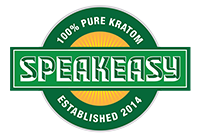





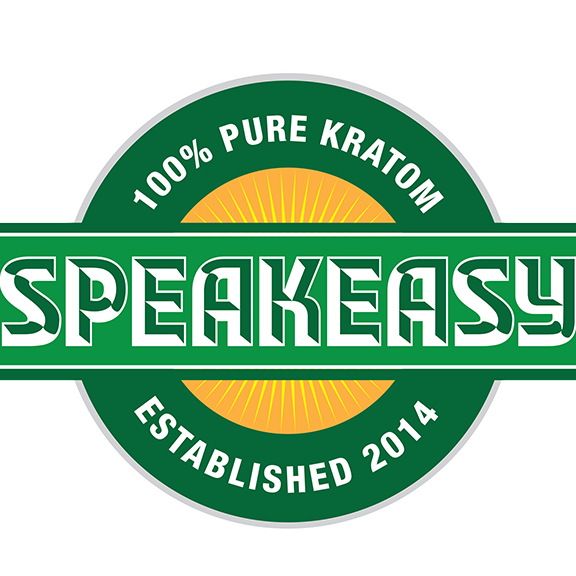
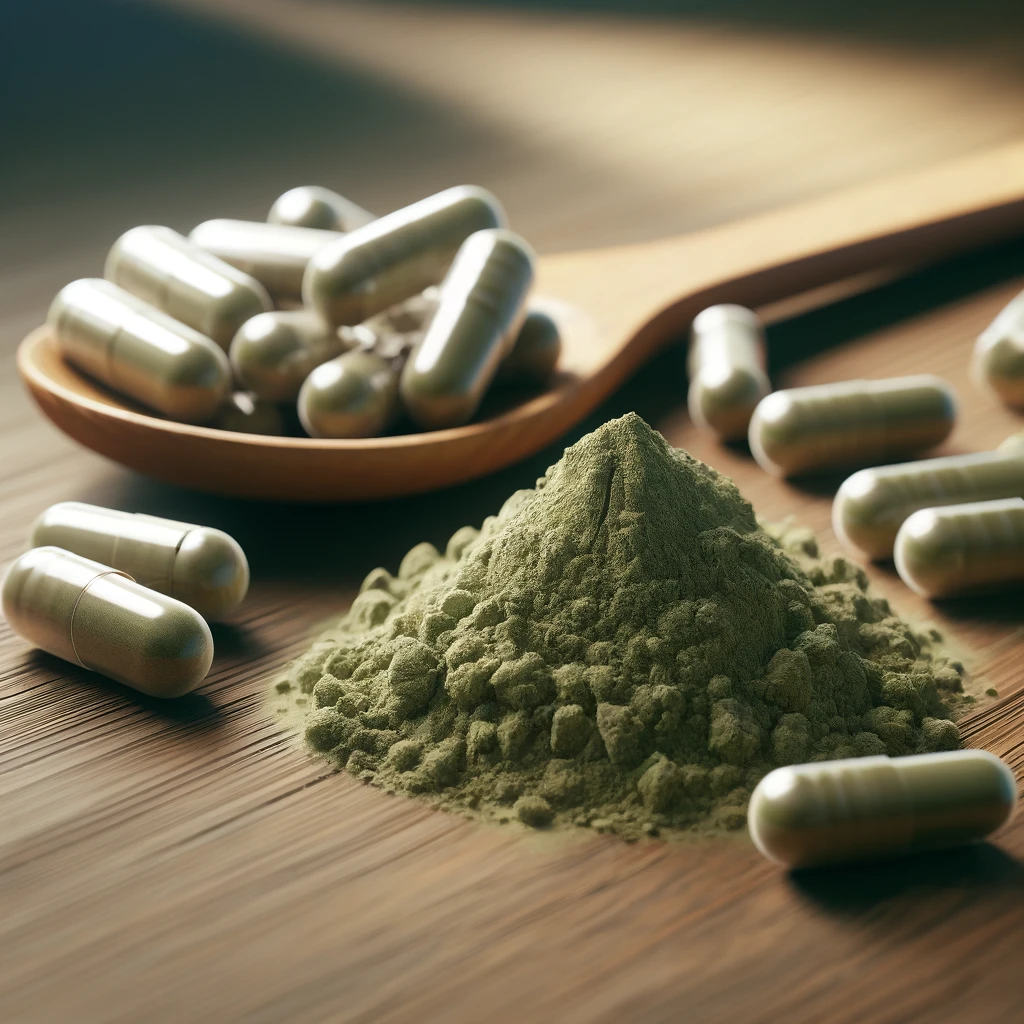


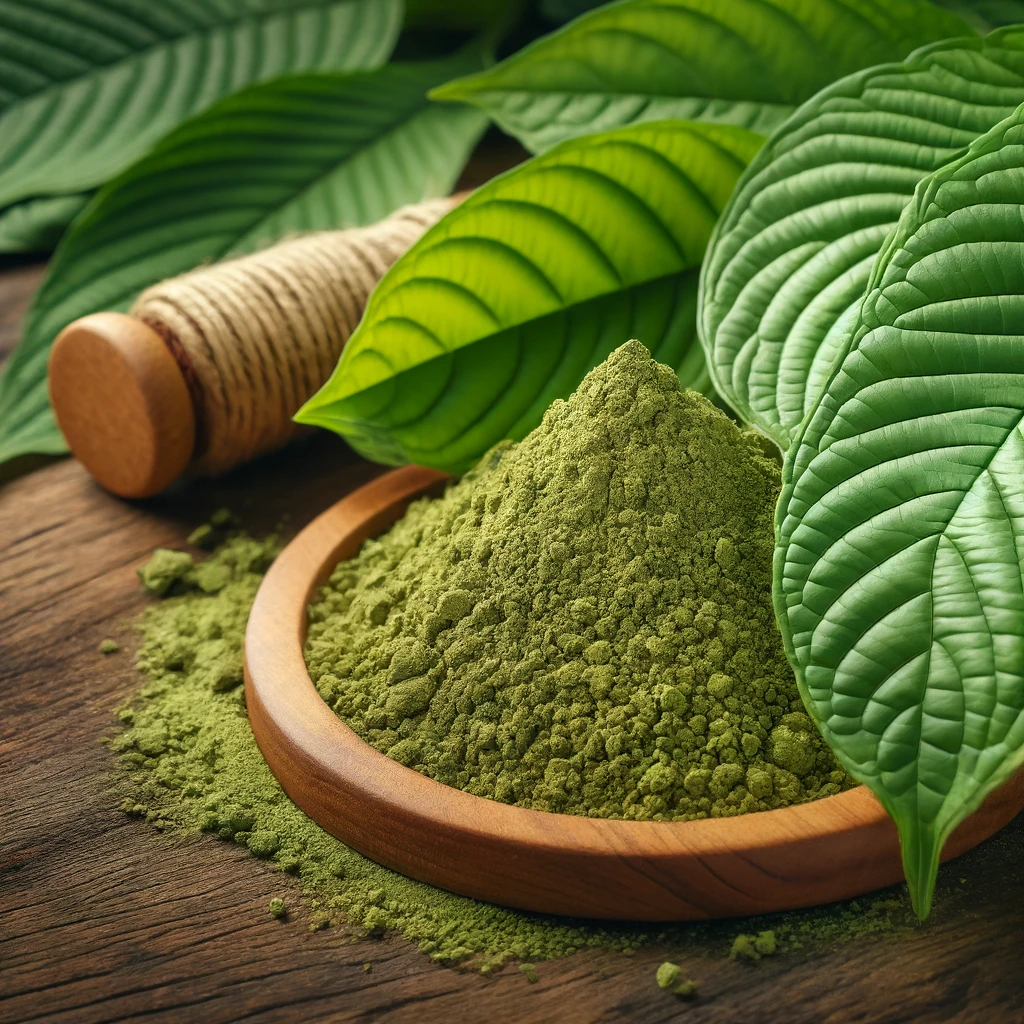
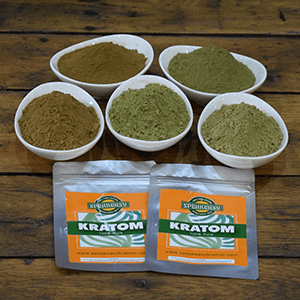

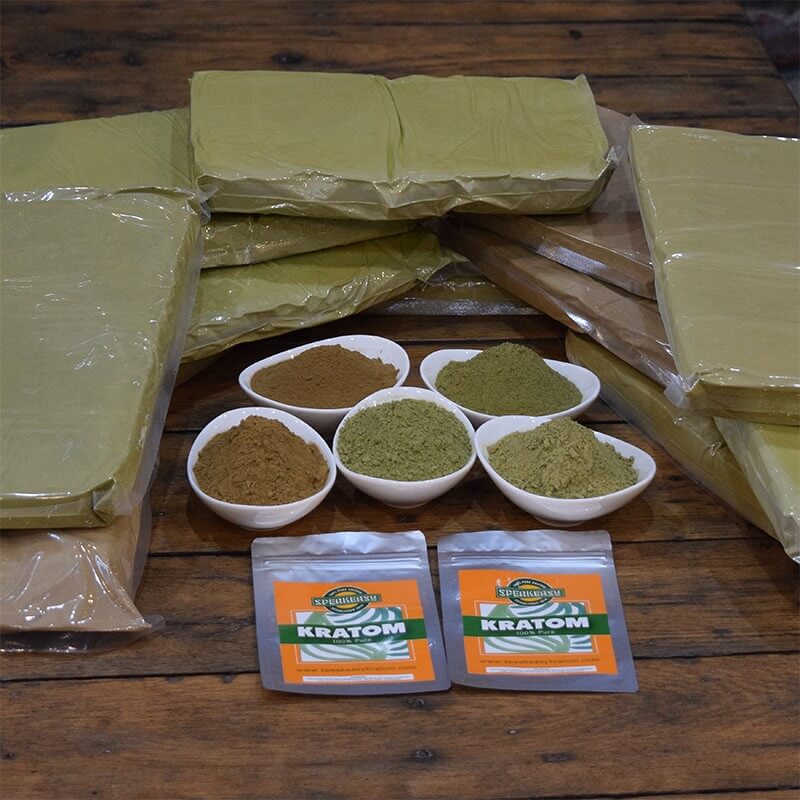
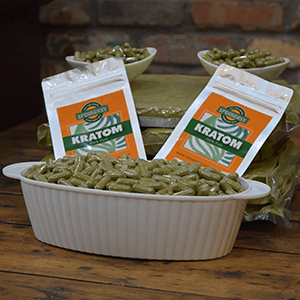

Leave a comment